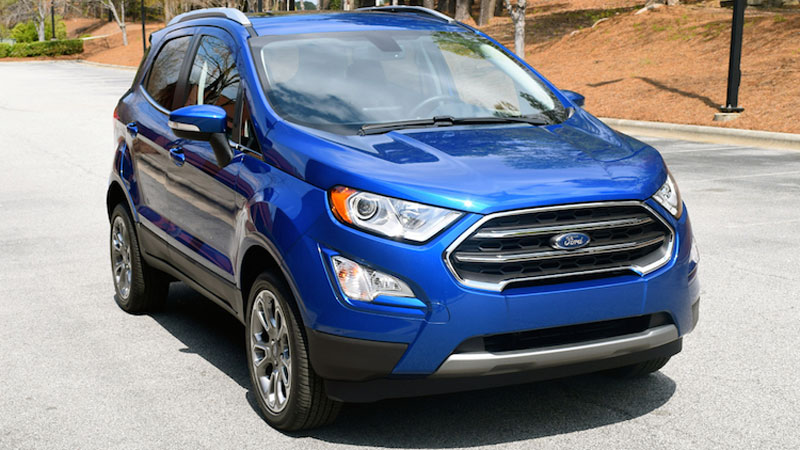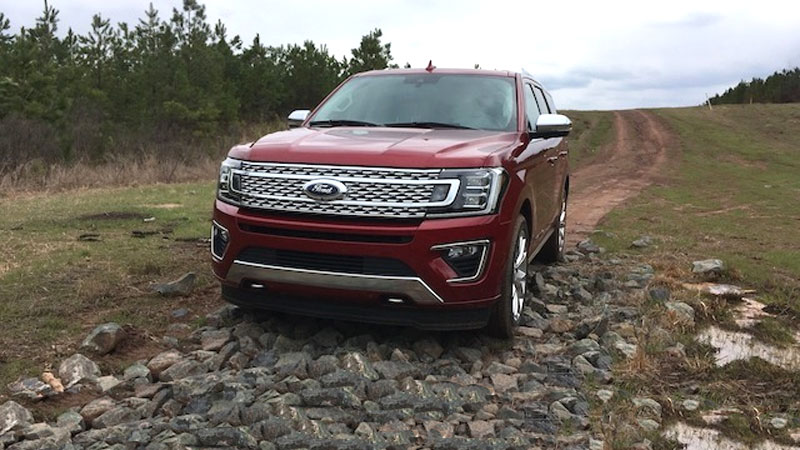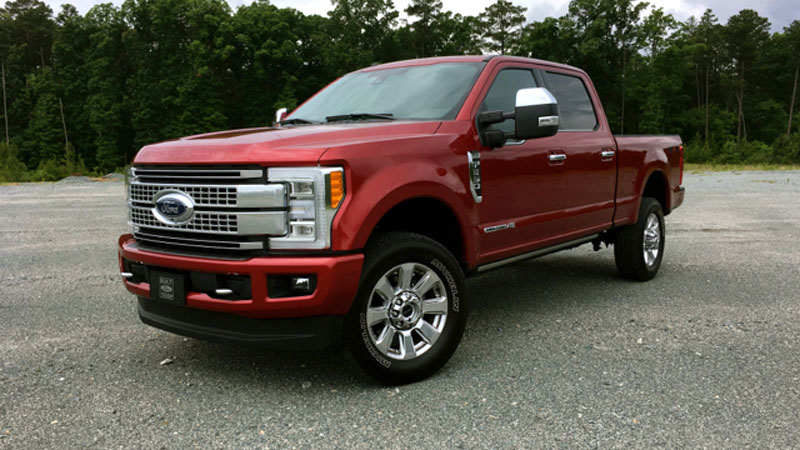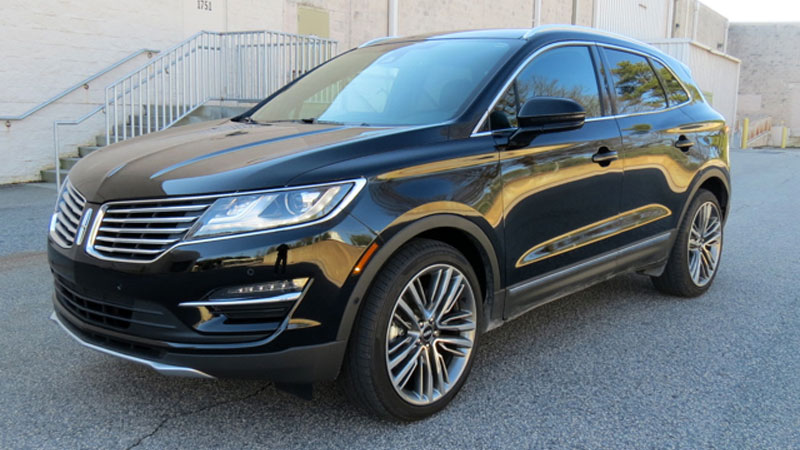2018 Ford EcoSport (Economical Subcompact SUV)
Behind the wheel of Ford’s EcoSport crossover. The 2018 EcoSport gives Ford a critically needed crossover, a new model that fills a hole in the brand’s product lineup. The new-to-North-America vehicle is Ford’s smallest SUV yet, a product it has offered for years in countries such as Brazil and India, … Read more




